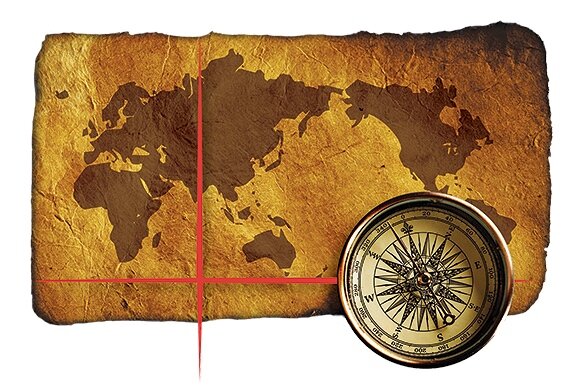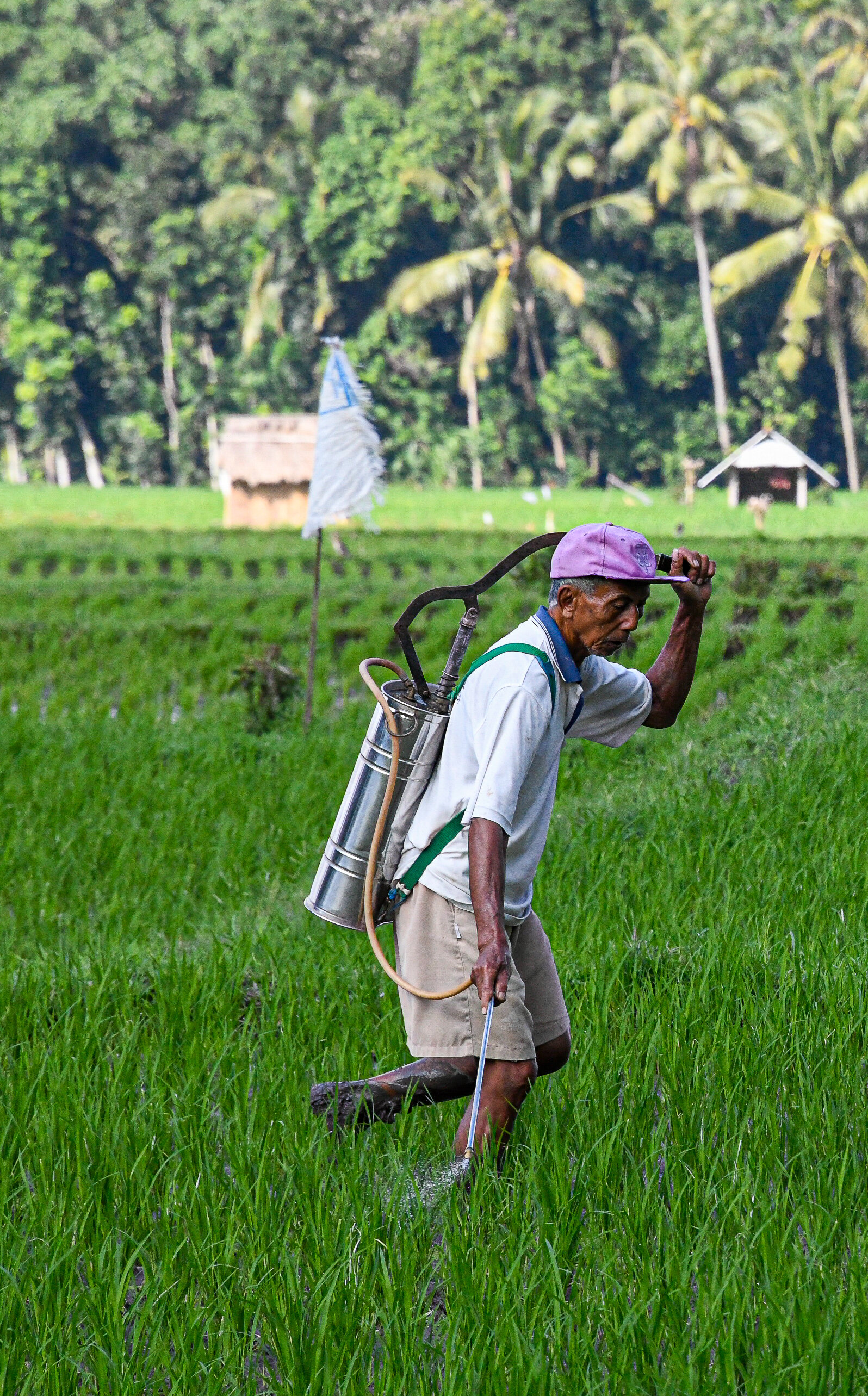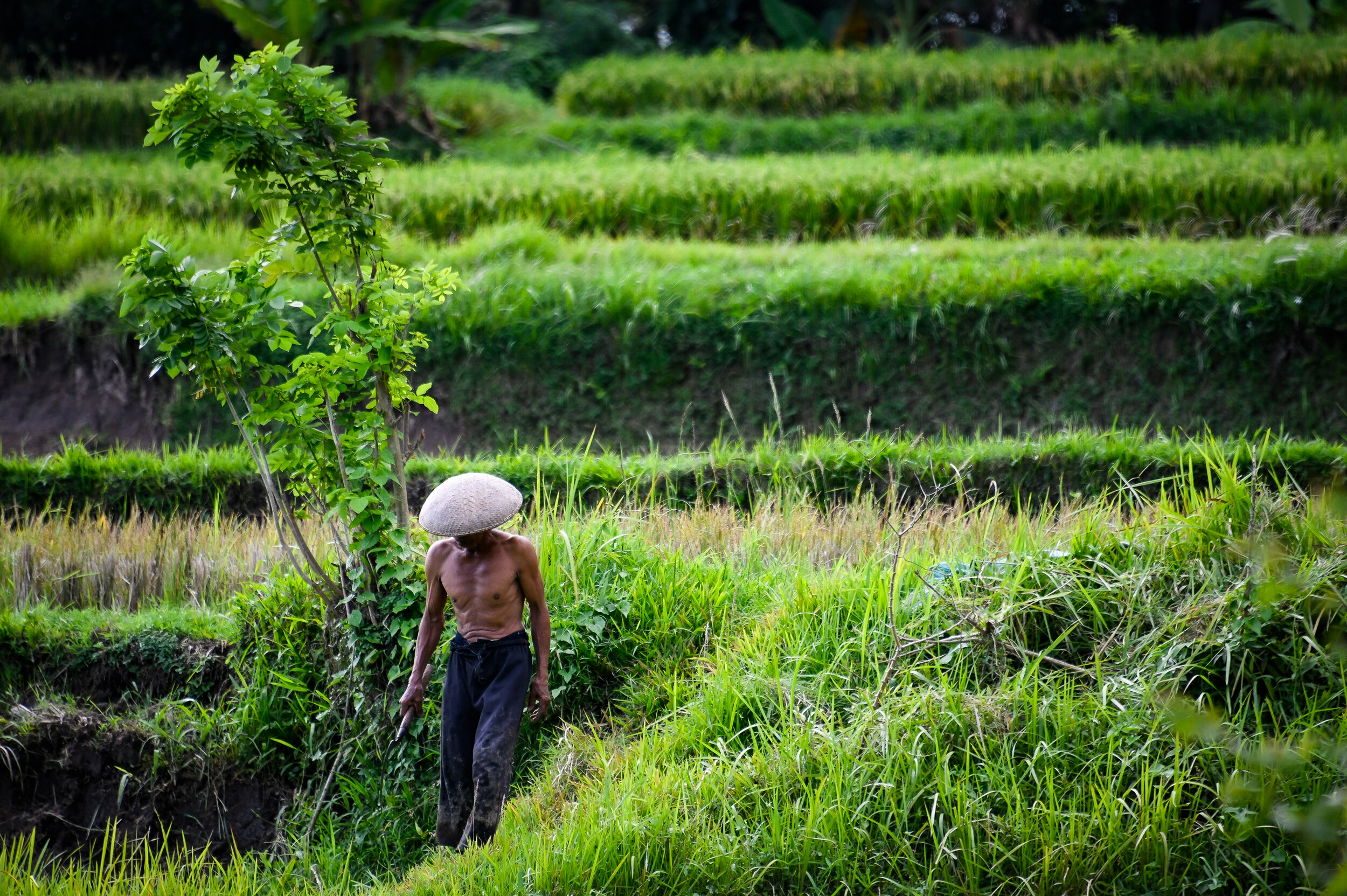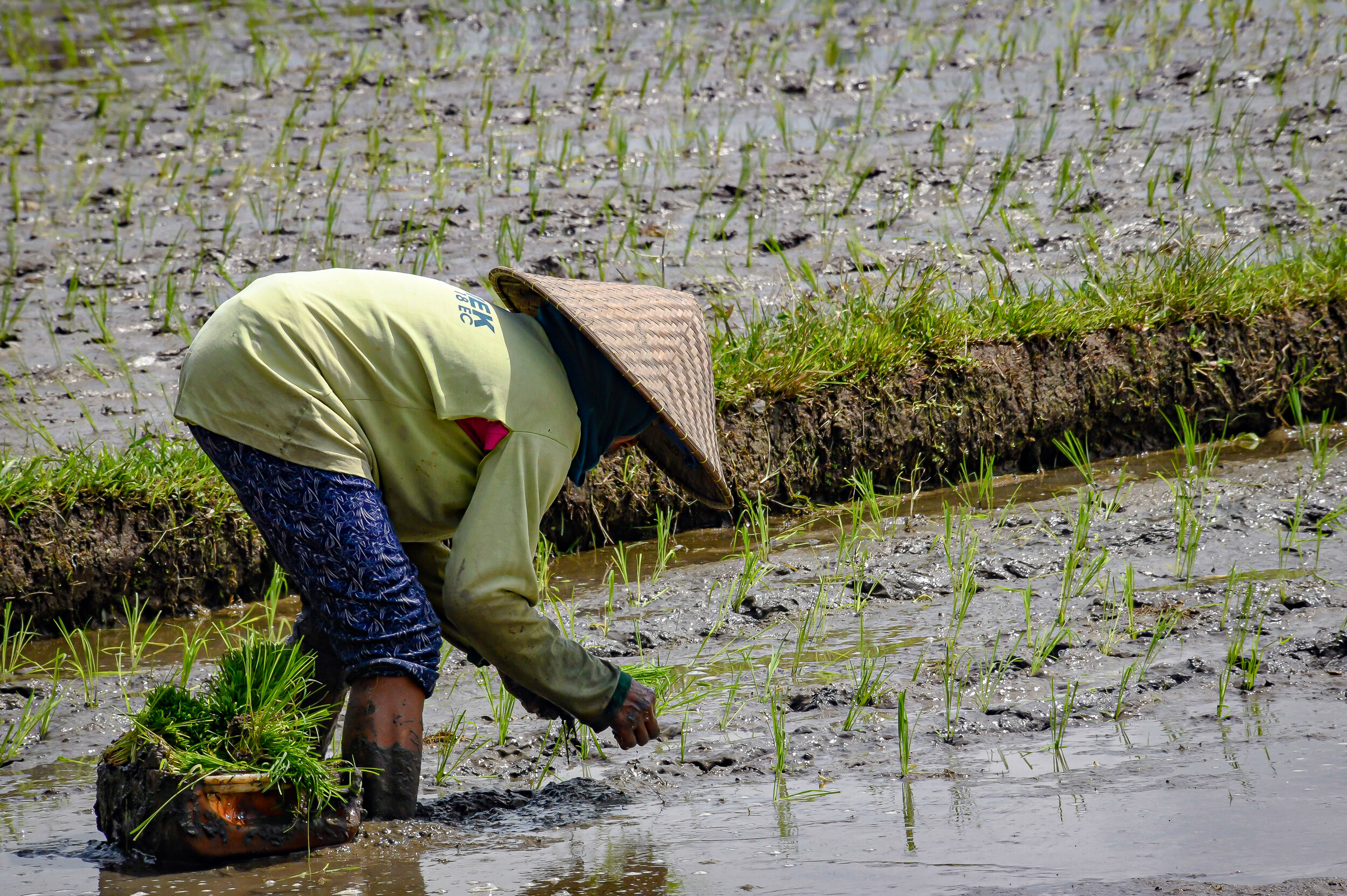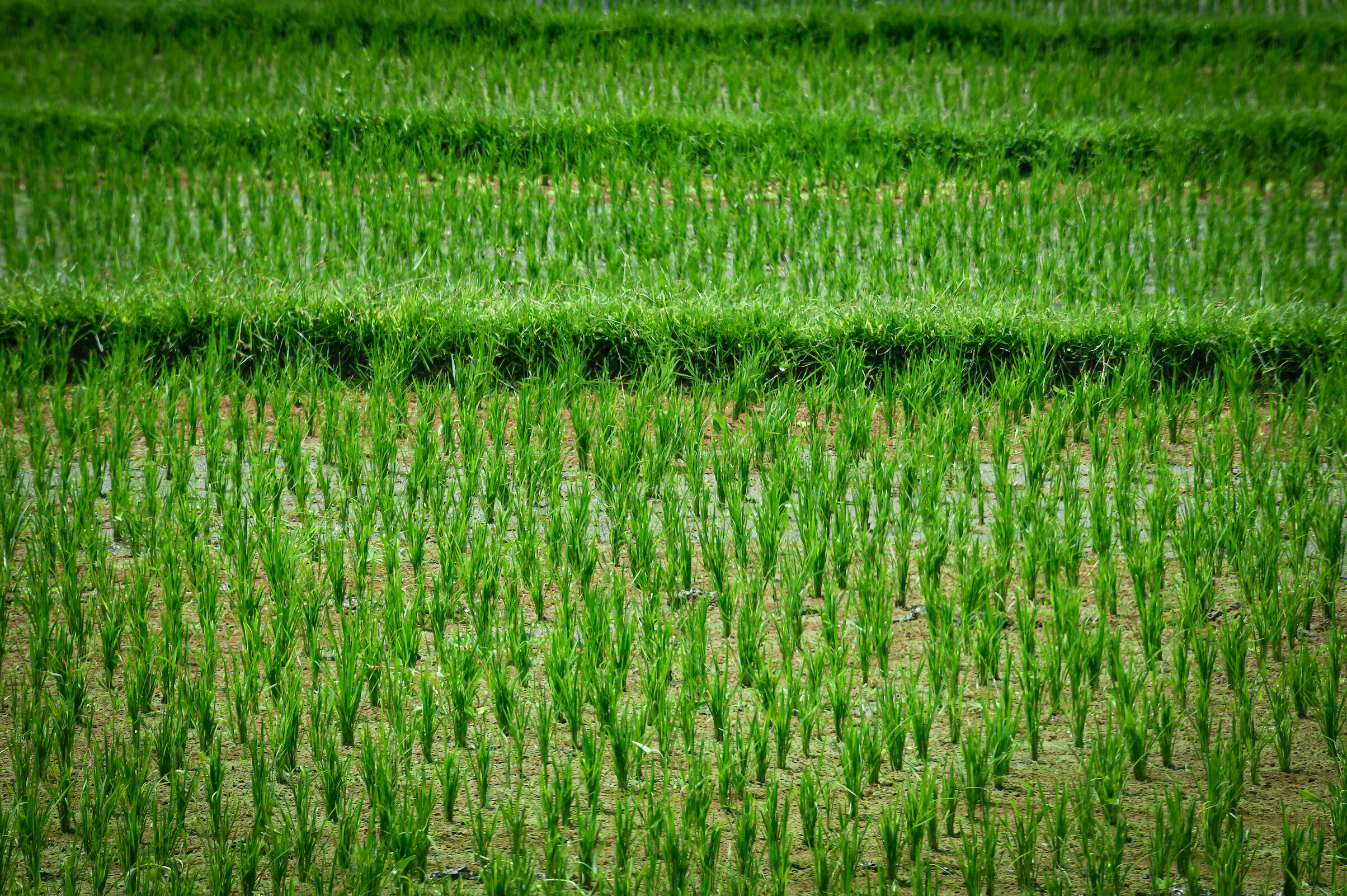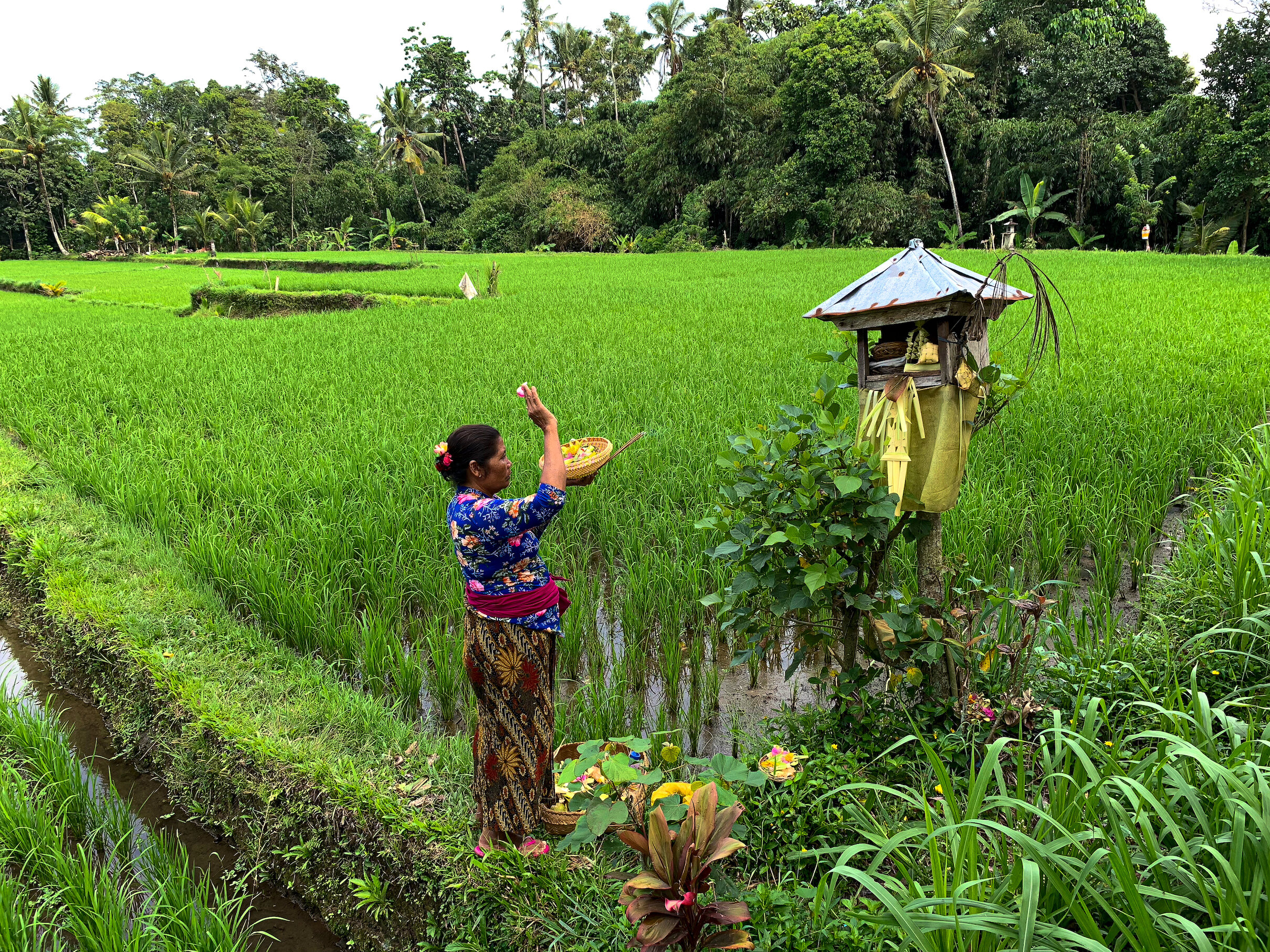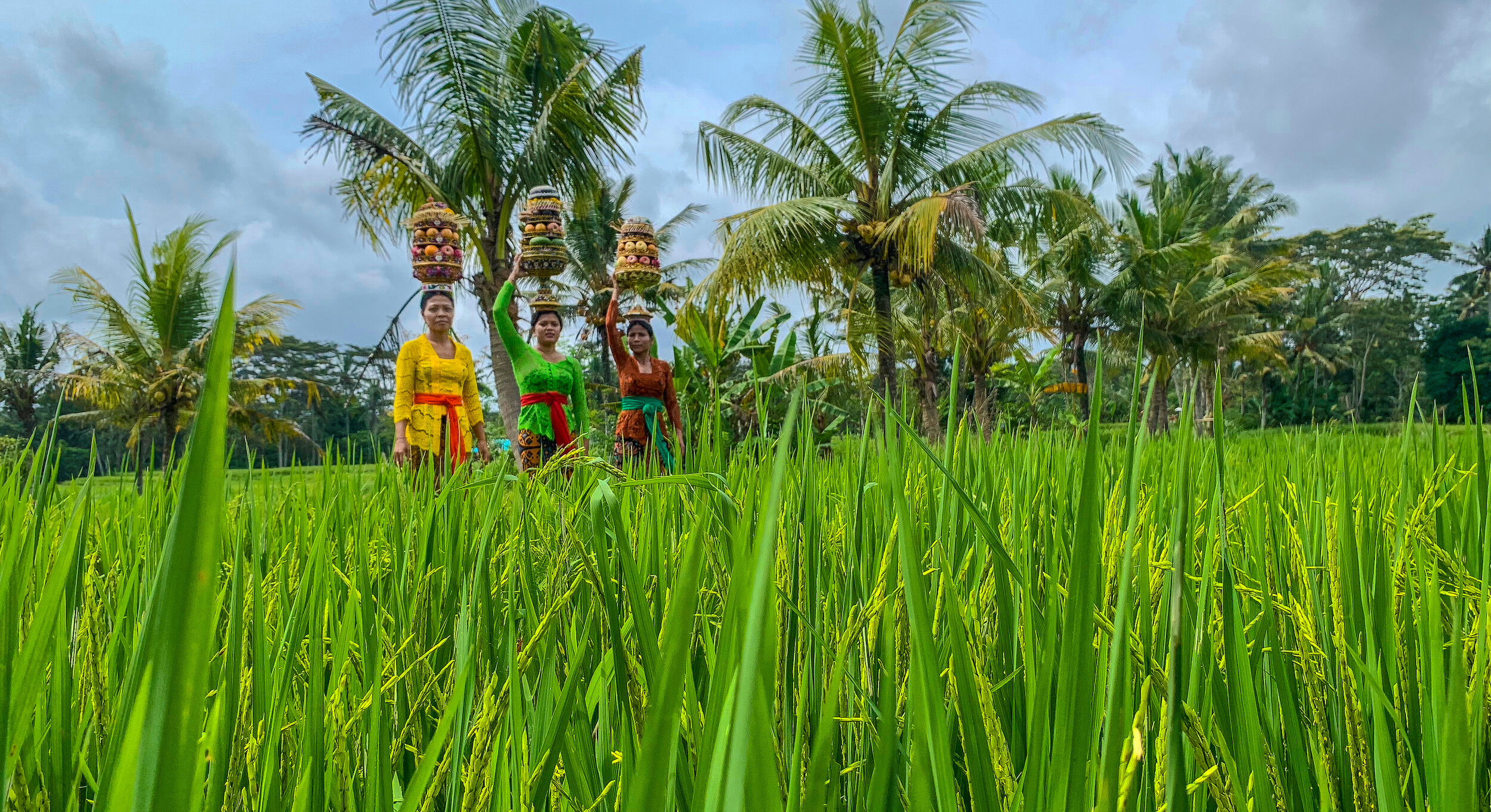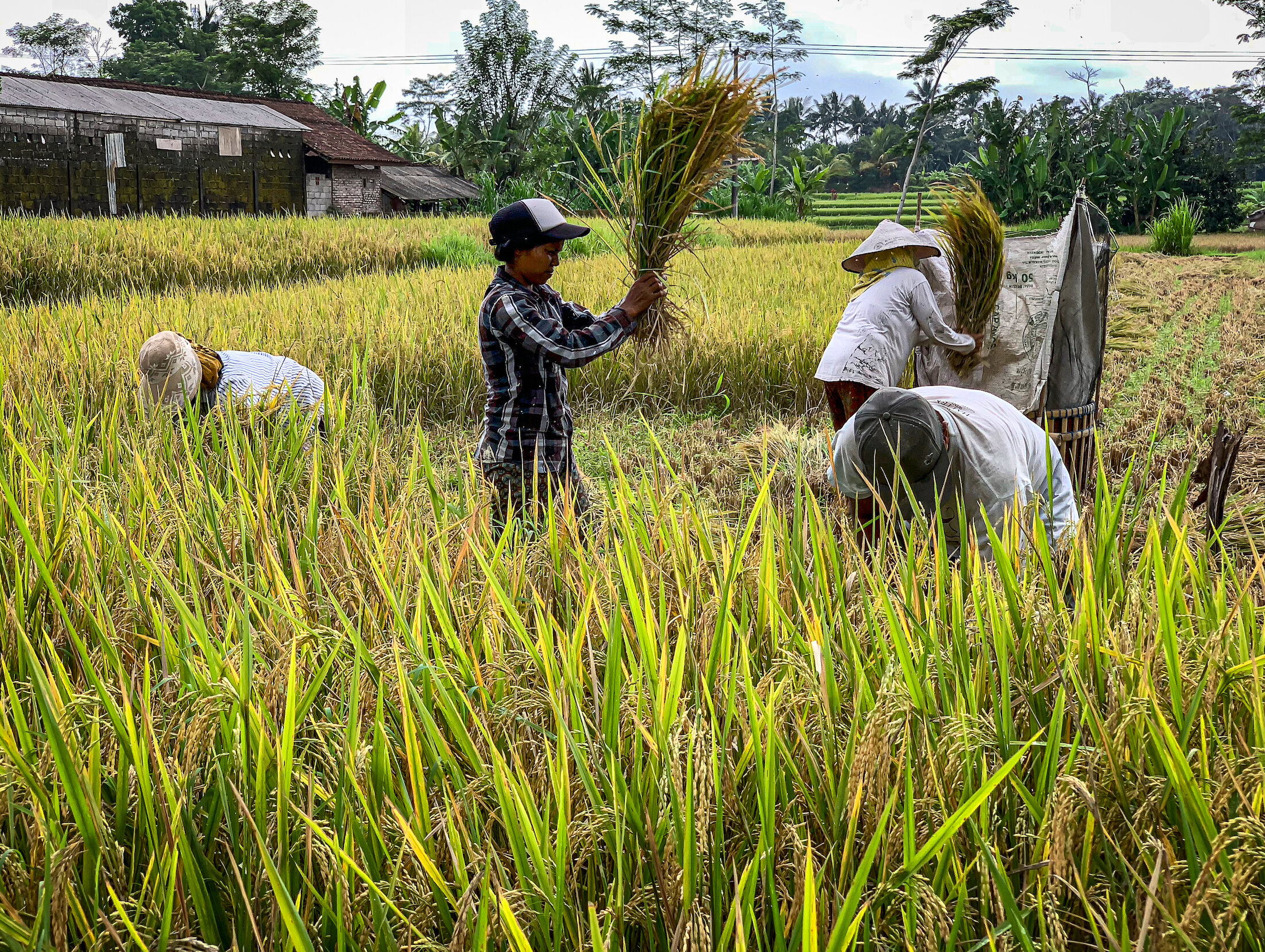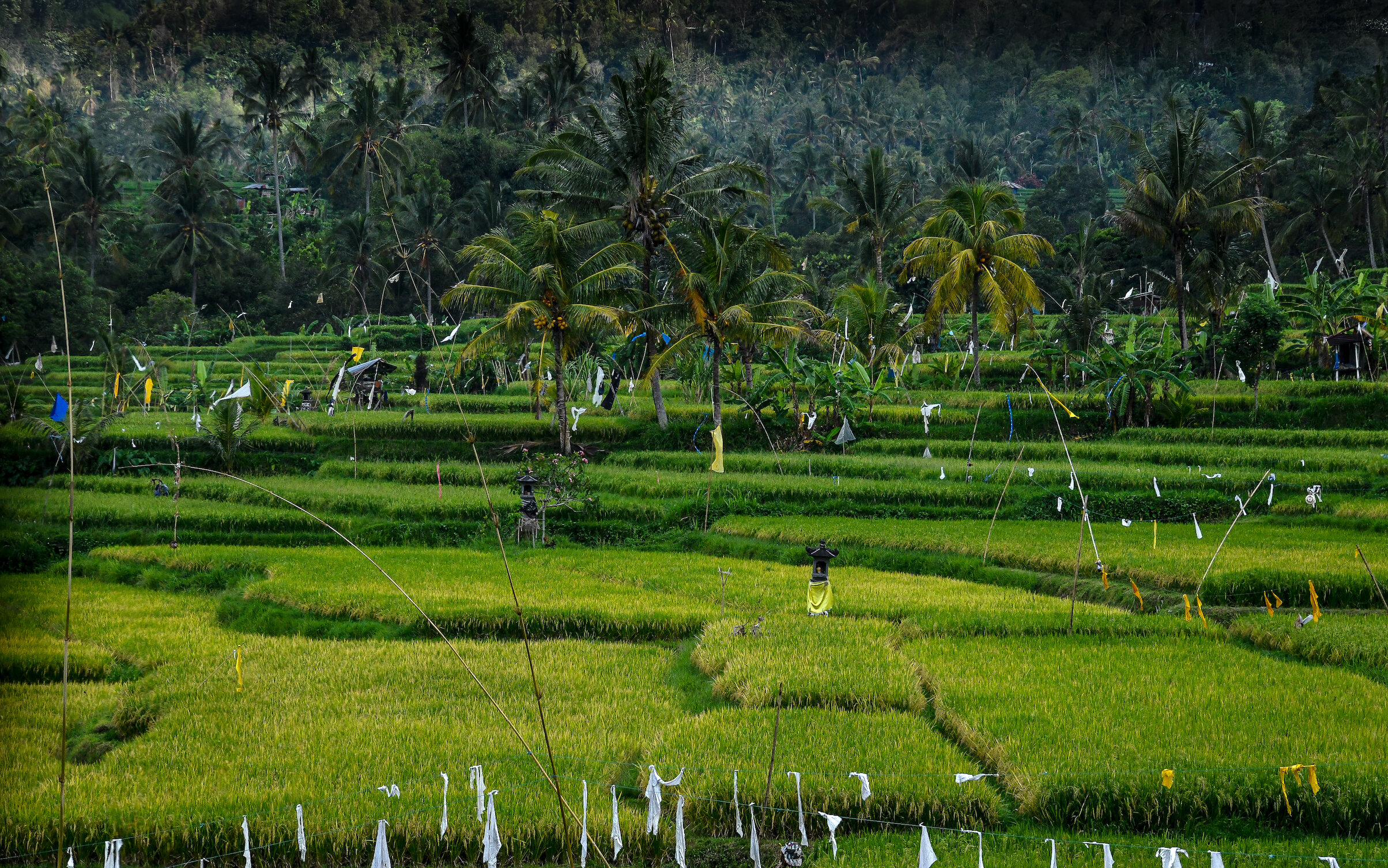BALI'S RICE TERRACES
Tegalalang Rice Terraces near Ubud.
When you think of Asia, one of the images that comes to mind is… rice.
Rice is the world’s second most important cereal crop (corn is first) and nearly 482 million metric tons of rice were harvested in 2019 year worldwide. So, no matter where I guide across Asia, I always make a point to stop by a rice paddy to show how it grows. For centuries, farmers found a great way to maximise crop growing by building terraces in mountainous areas where steep hillsides would usually never allow planting, unless you built steps/terraces along the slopes. Rice terraces can be found in all Asian countries and some of the most photogenic are in China’s Guangxi province and in Northern Vietnam on the border with China.
And of course, there is also Bali. Bali has a high number of microclimates. This combined with volcanic ash makes the land very fertile. This is not the case for all islands across Indonesia, Sumatra’s volcanic ashes are very acidic therefore much less less fertile, which is why Java and Bali are more densely populated. This soil made Bali one of the top exporters of rice in the 1800s, the island producing a high-quality rice in such superabundance that it’s cost was 60% below what it costed in Java or Singapore at the time. Dutch businessmen exported thousands of tons of rice and made quick profits, even building a large fleet of schooners to carry the rice as far as China.
As a consequence of high population density and tourism infrastructure, water supply is very important. And rice needs water. A lot of it. One of the most important societies in Bali are called “subaks”, or irrigation associations. Rice is so important that water management is crucial and highly organized so that every plot of land gets water. Each subak has it’s own temple/meeting area and membership averages about 200 people. Representatives of each village, affected by the irrigation, control the distribution of water via a complex network of streams, canals and ditches, flowing from mountains to the sea through over 150 rivers. Bali has 1426 registered subaks who bind the island because of the importance of rice in Balinese life. Villages hold elaborate ceremonies in honor of the rice goddess to protect the crops and you will see small altars on wood posts all over the rice fields. The subaks stagger their planting schedules so while one field is flooded, another is ready for harvest. Ducks are used to eat insects and pests in the rice fields and used as fertilizer. Plastic bags hanging from sticks deter the “javan munia”, a bird that travels in flocks that can devastate rice fields.
The more touristy places to see rice terraces are Jatiluwih and Tegallalang (which I quite like for the visual impact) but if I have the time and our travelers are keen we travel further inside the island both to show how big Bali is in terms of size and geography and we explore Munduk and it’s rice terraces stopping for picnic and some photography.
LITTLE KNOWN FACT:
Rice, religion, and the gods are intertwined on Bali. The rice fields produce 3 different types of rice; red, black, and white rice: in order to have rice offerings corresponding to each of the four sacred directions, Balinese generate their own strain of “delinquent” yellow rice (nasi kuning) by dying white rice grains with turmeric. And Bali’s rice terraces have Unesco World Heritage Status protection.
BEST MONTH TO VISIT:
Between April and October, the supposedly dry season.
Longitude 80 offers an Indonesian itinerary that includes Bali and a few other of the 17,000 islands that make Indonesia. Contact us if you would like to start planning your Indonesian adventure for 2022/2023!
